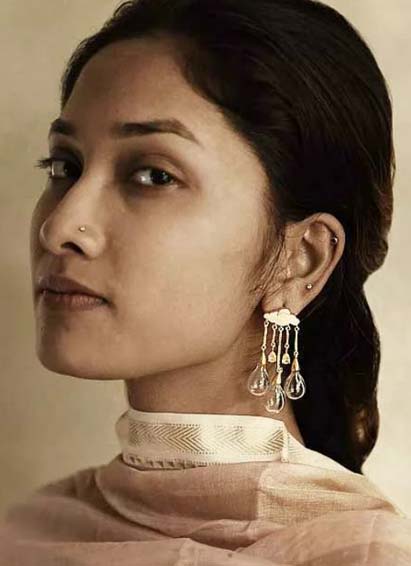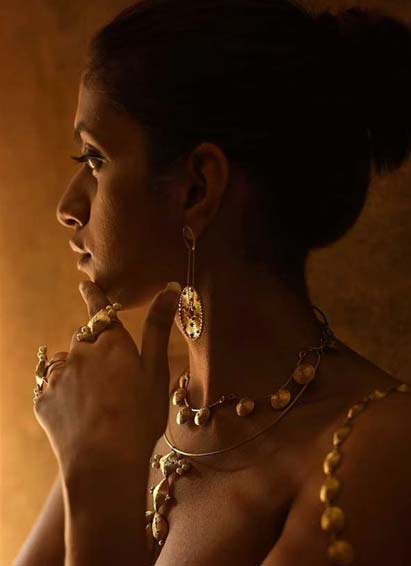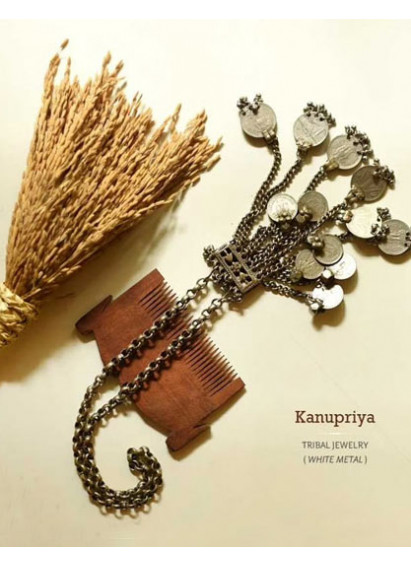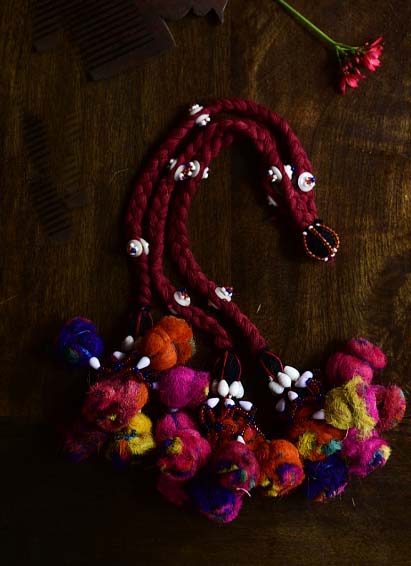A symbol of tradition and elegance, parandi is a vibrant part of traditional Indian hair jewellery, adding charm to long braids. From ornate gold pieces to delicate floral adornments, traditional Indian hair jewellery blends culture with beauty. Explore a unique collection of handcrafted hair accessories at Gaatha.
Made & Mkt by: Samoolam
Product Code: 4068-JP24-HRS033-36
The name "croche" comes from the French word "crochet", meaning small hook. In India it is right to say that with the arrival of the first batch of Nuns and Missionaries from Portugal, the craft found roots and made its way in almost every house in Goa. Crochet has a traditional market in Goa since ..
Rs.650
Made & Mkt by: Samoolam
Product Code: 4068-JP24-HRS035-38
The name "croche" comes from the French word "crochet", meaning small hook. In India it is right to say that with the arrival of the first batch of Nuns and Missionaries from Portugal, the craft found roots and made its way in almost every house in Goa. Crochet has a traditional market in Goa since ..
Rs.650
Made & Mkt by: Samoolam
Product Code: 4068-JP24-HRS032-35
The name "croche" comes from the French word "crochet", meaning small hook. In India it is right to say that with the arrival of the first batch of Nuns and Missionaries from Portugal, the craft found roots and made its way in almost every house in Goa. Crochet has a traditional market in Goa since ..
Rs.650
Made & Mkt by: Samoolam
Product Code: 4068-JP24-HRS034-37
The name "croche" comes from the French word "crochet", meaning small hook. In India it is right to say that with the arrival of the first batch of Nuns and Missionaries from Portugal, the craft found roots and made its way in almost every house in Goa. Crochet has a traditional market in Goa since ..
Rs.650
Made & Mkt by: Samoolam
Product Code: 4068-JP24-HRS037-40
The name "croche" comes from the French word "crochet", meaning small hook. In India it is right to say that with the arrival of the first batch of Nuns and Missionaries from Portugal, the craft found roots and made its way in almost every house in Goa. Crochet has a traditional market in Goa since ..
Rs.650
Made & Mkt by: Samoolam
Product Code: 4068-JP24-HRS036-39
The name "croche" comes from the French word "crochet", meaning small hook. In India it is right to say that with the arrival of the first batch of Nuns and Missionaries from Portugal, the craft found roots and made its way in almost every house in Goa. Crochet has a traditional market in Goa since ..
Rs.650
Made & Mkt by: Samoolam
Product Code: 4068-JP24-HRS029-32
The name "croche" comes from the French word "crochet", meaning small hook. In India it is right to say that with the arrival of the first batch of Nuns and Missionaries from Portugal, the craft found roots and made its way in almost every house in Goa. Crochet has a traditional market in Goa since ..
Rs.650
Made & Mkt by: Samoolam
Product Code: 4068-JP24-HRS028-31
The name "croche" comes from the French word "crochet", meaning small hook. In India it is right to say that with the arrival of the first batch of Nuns and Missionaries from Portugal, the craft found roots and made its way in almost every house in Goa. Crochet has a traditional market in Goa since ..
Rs.650
Made & Mkt by: Samoolam
Product Code: 4068-JP24-HRS030-33
The name "croche" comes from the French word "crochet", meaning small hook. In India it is right to say that with the arrival of the first batch of Nuns and Missionaries from Portugal, the craft found roots and made its way in almost every house in Goa. Crochet has a traditional market in Goa since ..
Rs.650
Made & Mkt by: Samoolam
Product Code: 4068-JP24-HRS031-34
The name "croche" comes from the French word "crochet", meaning small hook. In India it is right to say that with the arrival of the first batch of Nuns and Missionaries from Portugal, the craft found roots and made its way in almost every house in Goa. Crochet has a traditional market in Goa since ..
Rs.650
Made & Mkt by: Samoolam
Product Code: 4068-JP24-HRS027-30
The name "croche" comes from the French word "crochet", meaning small hook. In India it is right to say that with the arrival of the first batch of Nuns and Missionaries from Portugal, the craft found roots and made its way in almost every house in Goa. Crochet has a traditional market in Goa since ..
Rs.650
Made & Mkt by: Samoolam
Product Code: 4068-JP24-HRS026-29
The name "croche" comes from the French word "crochet", meaning small hook. In India it is right to say that with the arrival of the first batch of Nuns and Missionaries from Portugal, the craft found roots and made its way in almost every house in Goa. Crochet has a traditional market in Goa since ..
Rs.650

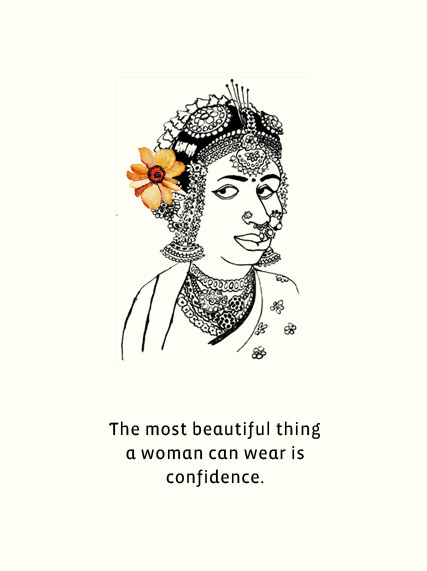

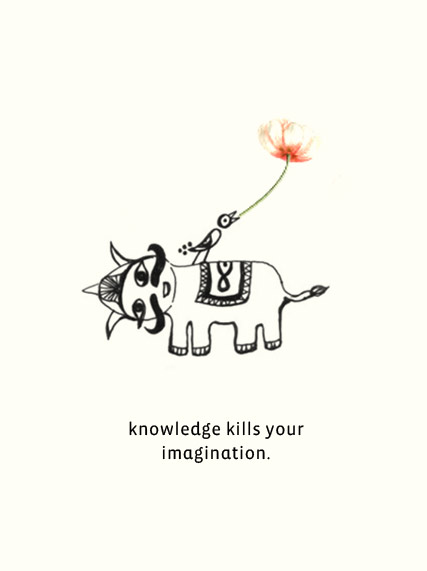

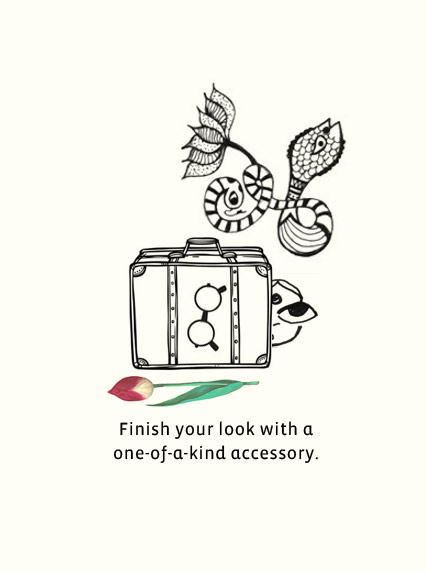


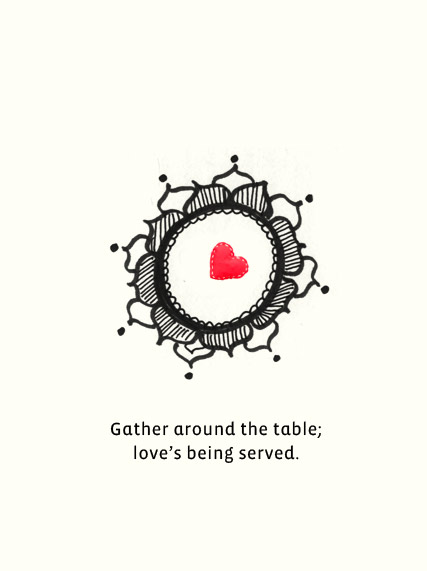

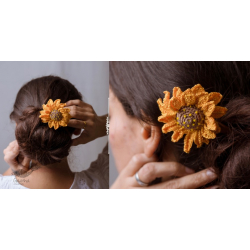
-250x250h.jpg)
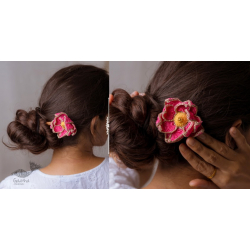
-250x250h.jpg)
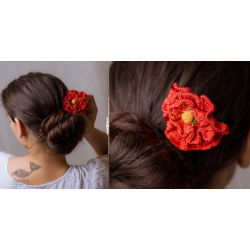
-250x250h.jpg)
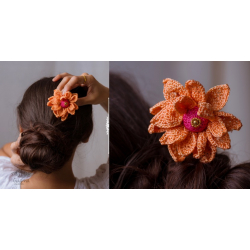
-250x250h.jpg)
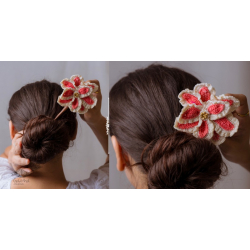
-250x250h.jpg)
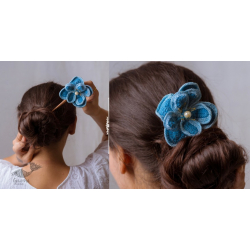
-250x250h.jpg)
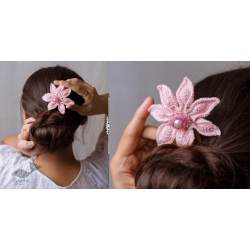
-250x250h.jpg)
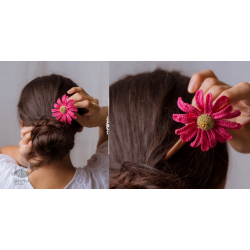
-250x250h.jpg)
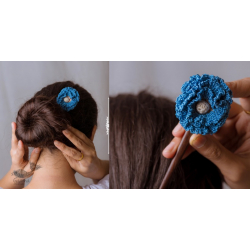
-250x250h.jpg)
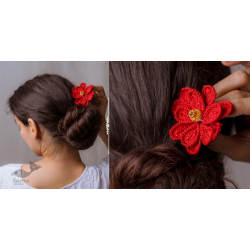
-250x250h.jpg)

-250x250h.jpg)
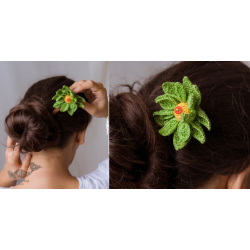
-250x250h.jpg)
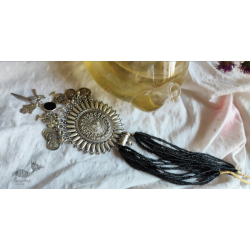
-250x250h.jpg)
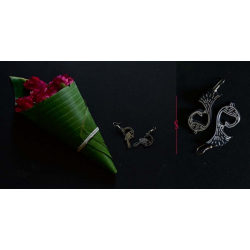
-250x250w.jpg)

-250x250h.jpg)
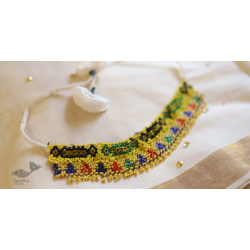
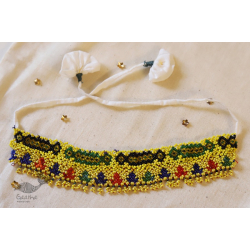
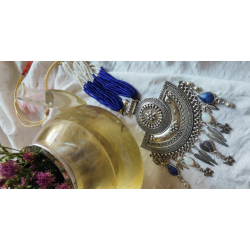
-250x250h.jpg)
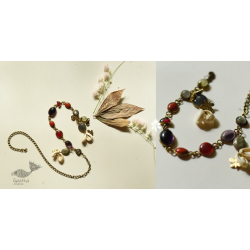
-250x250w.jpg)
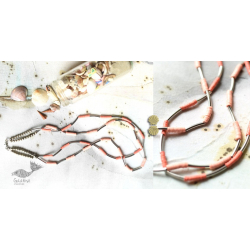
-250x250h.jpg)
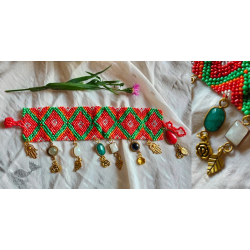
-250x250h.jpg)
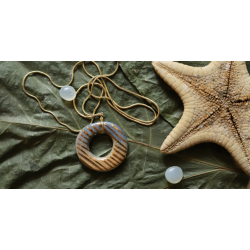
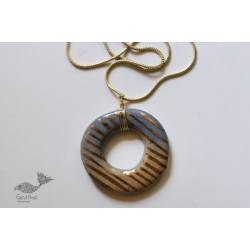
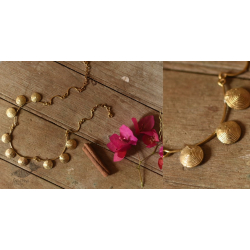
-250x250w.jpg)
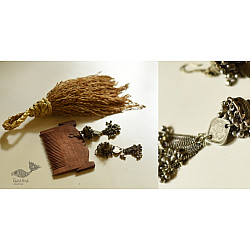
-250x250h.jpg)
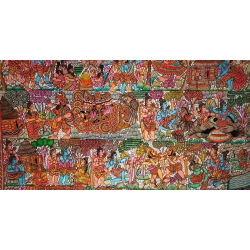

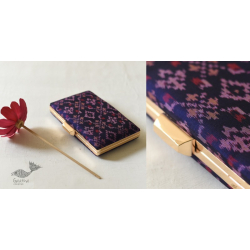
-250x250w.jpg)
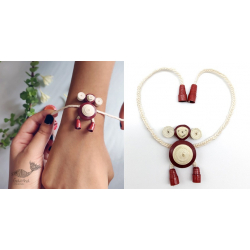
-250x250.jpg)
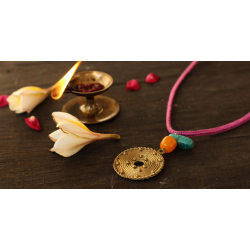

-250x250w.jpg)
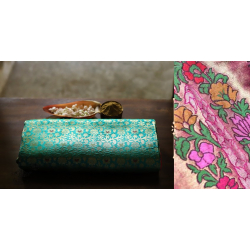
-250x250w.jpg)

-250x250h.jpg)
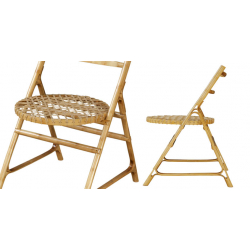
-250x250w.jpg)
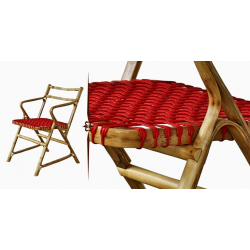
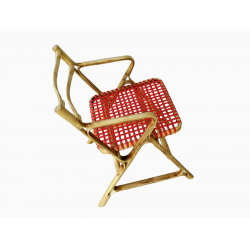
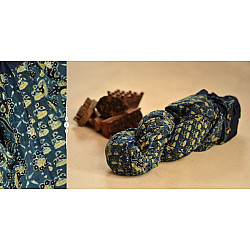
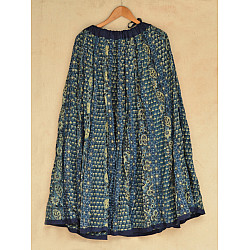
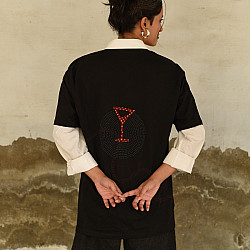



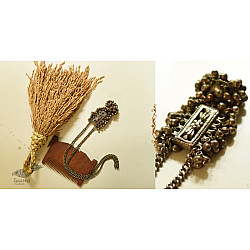
-250x250w.jpg)
-250x250.jpg)
-250x250.jpg)
